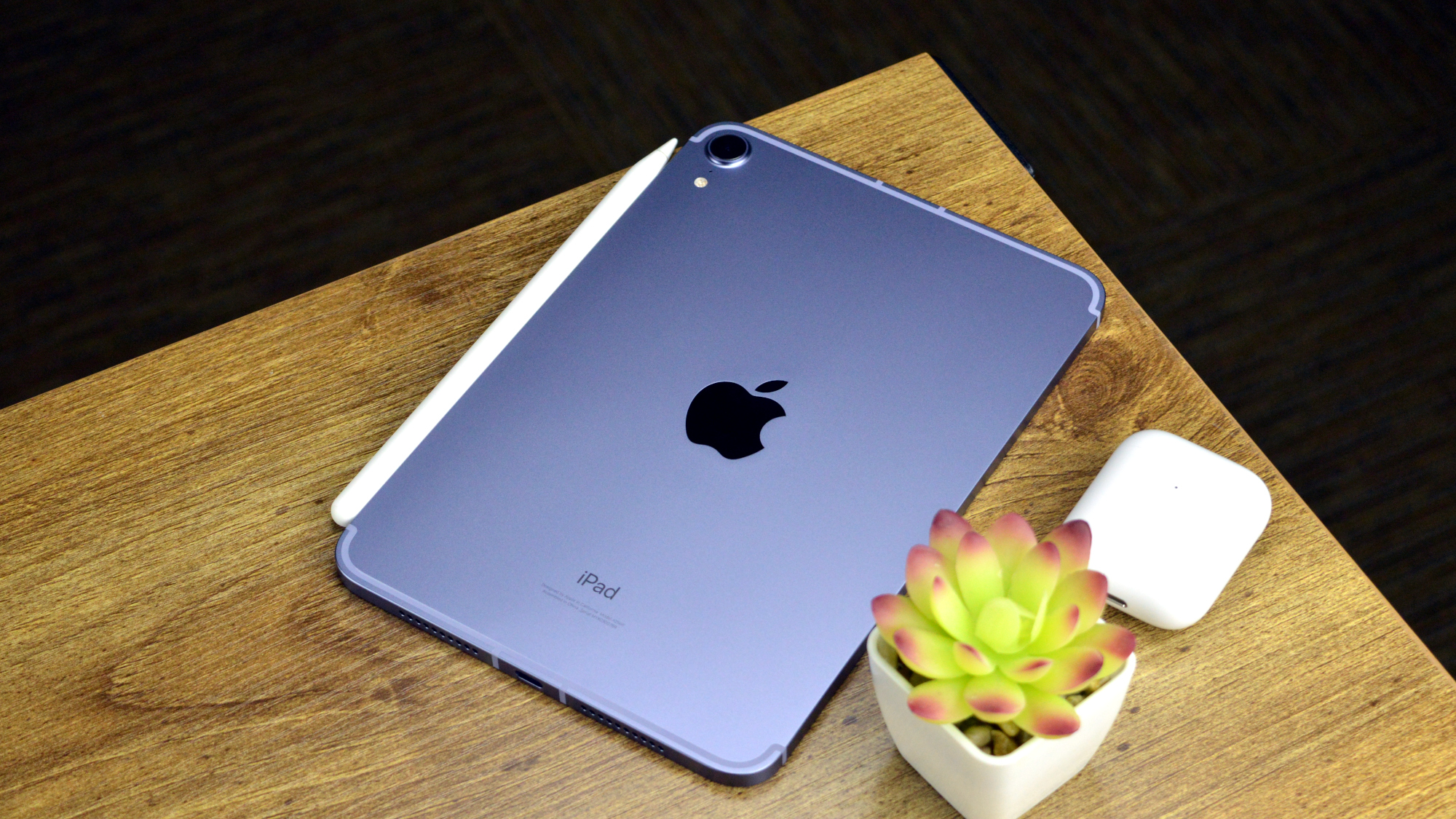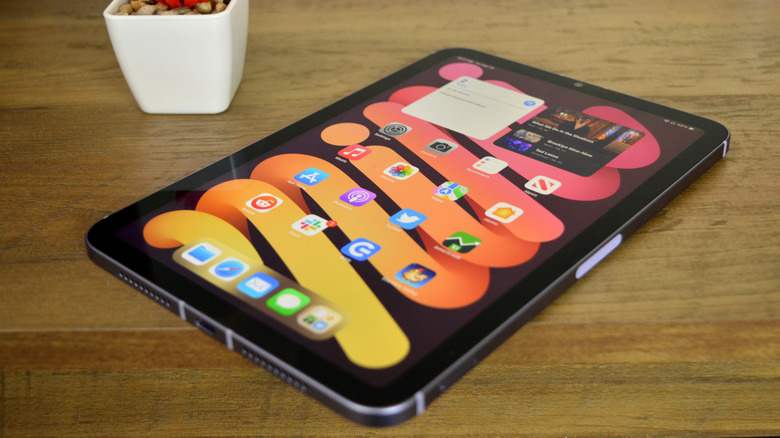Will The iPad Mini 7 Feature Apple's M1 Chip?
Released nearly two years ago, the iPad mini 6 is the oldest iPad in Apple's current lineup and the model you'd think of first when it comes to Apple hardware in need of a refresh. That's why iPad mini 7 release rumors make a lot of sense right now, with Apple's iPhone 15 event approaching.
A leaker with a good track record at spoiling Apple secrets casually dropped the iPad mini 7 as a potential new iPad refresh for 2023 without revealing more details about it. This made me wonder whether Apple will equip the smallest iPad with one of its M-series processors. Perhaps that M1 chip that also powers the latest iPad Air and the previous iPad Pro generations?
The iPad mini 6 might look like the iPad model that needs an upgrade the most, but when you look at the specs and compare it with the iPad 9 and iPad 10, you realize that's not entirely so. The iPad mini 6, with its A15 Bionic chip, is still a better computer than the iPad 10 (A14) and iPad 9 (A13).
Apple launched the iPad 9 at the same time as the iPad mini 6 and refreshed it with the iPad 10. But the iPad 9 is still available from Apple. And both models are inferior to the iPad mini 6 in terms of processing power.
On the same note, the iPad 10 is a strange contraption. It's more expensive than the base iPad, so Apple kept the iPhone 9 in stock. It feels more like an iPad Air 4 refresh rather than an iPad 9 successor.
What I'm getting at is that the iPad mini 6 is still a great tablet. The only problem with it is that consumers might perceive it as an old device. And that's why a refresh might be in order.
I'm seeing at least one new iPad coming. Probably mini 7. Will reserved that for the next post.
— ShrimpApplePro 🍤 ずっと真夜中でいいのに (@VNchocoTaco) August 1, 2023
It so happens that ShrimpApplePro said on Twitter that at least one new iPad might launch later this year, probably the iPad mini 7. The casual mention of Apple's iPad refresh plans came at the end of a Twitter thread focusing on the Apple Watch Series 9 and Apple Watch Ultra 2.
Ming-Chi Kuo said in previous reports that he expected an iPad mini refresh for late 2023 or early 2024. And that the iPad mini 7 wouldn't be a foldable device. Apple is also working on foldable iPads, with a recent report from Korea reigniting rumors that a 20-inch foldable might be in the making.
With all that in mind, the only possible upgrades the iPad mini 7 can get concern the processor and the screen.
On the latter, we could be looking at a hardware fix for the refresh issues some iPad mini 6 users have been concerned about. Support for 120Hz refresh support would also be a great upgrade, although I don't see it happening with an LCD, as the iPad mini has a much smaller battery pack than the iPad Pro tablets.
Apple could impress buyers by upgrading the A15 Bionic to an M1 chip. I dare not say M2 or M3, as these might be too expensive for Apple's needs. But battery concerns come to mind.
The M1 might be powerful and efficient on MacBooks and iPad Pro, but the mini doesn't have a large enough battery. And Apple might want to keep in place the current estimates of up to 10 hours of surfing the web or watching videos on Wi-Fi.

If the M1 is out of the question for the iPad mini 7, the obvious candidates are the A16 Bionic or the A17 Bionic. The former powers the iPhone 14 Pros and will be used for the upcoming iPhone 15 and 15 Plus. The A17 will be Apple's newest mobile chip, built on a 3nm process and exclusive to the iPhone 15 Pro and 15 Pro Max.
The A17 Bionic could be a remarkable upgrade for the iPad mini 7 for both performance and efficiency.
The A15 chip the iPad mini 6 rocks is the same chip that powers the iPhone 13 series and the iPhone 14 and 14 Plus. Apple launched the current mini alongside the iPhone 13 series in September 2021.
Should the iPad mini 7 launch alongside the new iPhone 15 series, it makes sense to see it get one of the two processors Apple will use for the 2023 smartphones.
